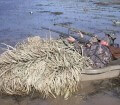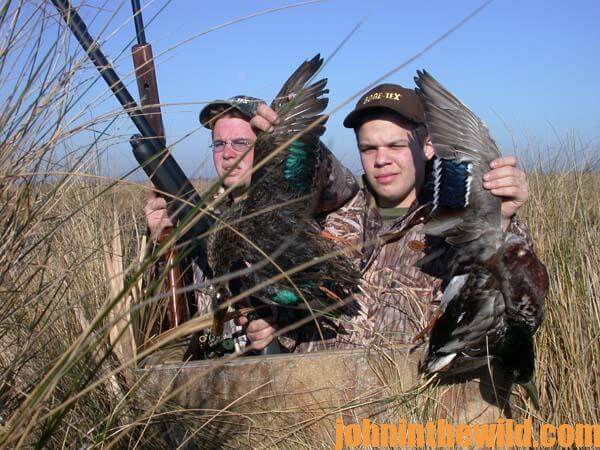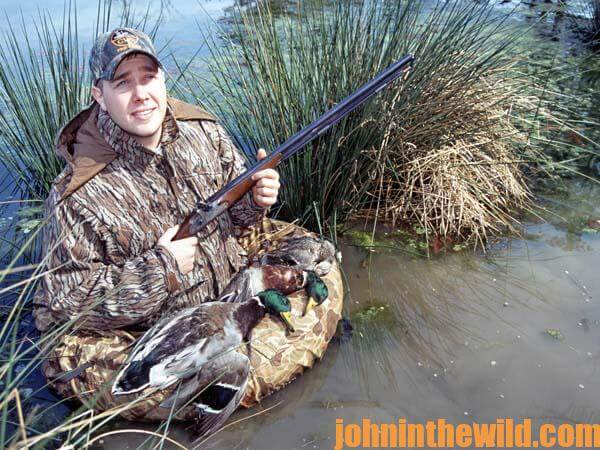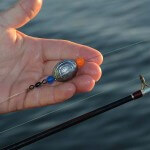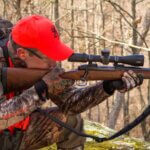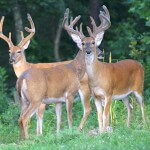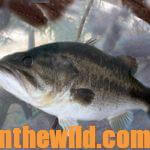John’s Note: Many waterfowlers consider the late Eli Haydel, the founder of Haydel’s Game Calls (http://haydels.com) in Bossier City, Louisiana, the best ever in the nation at reading ducks and knowing the most-productive ways to work them. Here are some of Eli Haydel’s lessons he learned that will benefit you – no matter where you hunt ducks across the country.
A hunter can coax in ducks when a flight of ducks passes on the left or the right side of a blind and are sailing with their wings locked and their heads looking down at the decoy spread. When a duck drops its head to look at a decoy spread, and the bird quits flying and begins sailing, the duck has already made up its mind to light in the decoys. That bird is looking at the decoys, the blind and the whole set-up to see if there’s any reason he shouldn’t set down. One duck in a flock of ducks is generally more willing to come to a call than any of the other birds. You usually can identify this duck by what it does when it hears you call. A duck that wants to work will change the rhythm of its wingbeat, lock its wings and start to stall and/or begin to turn toward you. Once you’ve identified the working duck in the flock, only call enough to keep it more interested in you than it is in the rest of the birds. If you can learn to anticipate the moment when the duck will be pulled back into the flock and hit that duck with a strong greeting call, the duck often can pull the entire flock down to your blind.
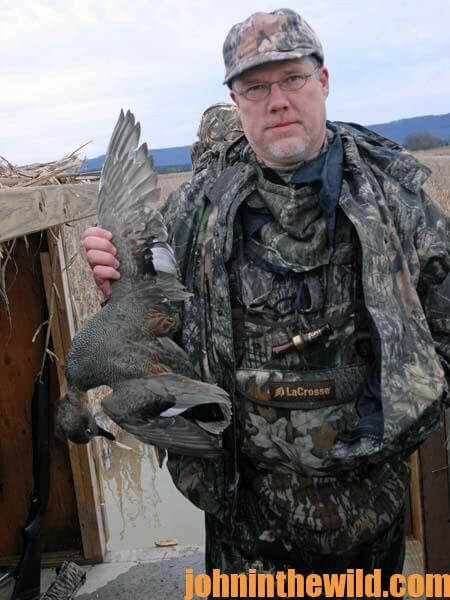 The formation of the flight also dictates whether or not you can work the ducks. If the ducks are in a tight V, the birds have made up their minds to leave where they are and head to another destination and aren’t interested in any other ducks. More than likely a hunter won’t be able to call them. If a flight of ducks isn’t in a tight V but is simply flying together, and one or two of the birds in the flight are sailing and looking down, this group of waterfowl is searching for a place to light and can be called. However, the best way to call these birds is to wait until after they’ve passed by the blind.
The formation of the flight also dictates whether or not you can work the ducks. If the ducks are in a tight V, the birds have made up their minds to leave where they are and head to another destination and aren’t interested in any other ducks. More than likely a hunter won’t be able to call them. If a flight of ducks isn’t in a tight V but is simply flying together, and one or two of the birds in the flight are sailing and looking down, this group of waterfowl is searching for a place to light and can be called. However, the best way to call these birds is to wait until after they’ve passed by the blind.
The two times you want to turn a working duck are when the ducks are on the corners. The first corner is when the ducks are upwind of you and headed from the blind. I use either the fast or the slow greeting call to turn the ducks toward the blind. The second corner I want to turn the ducks on is when the birds are downwind of me and are 80 to 100 yards from my blind. At that distance, you can call to ducks and turn them. Then they will set their wings and glide into your blind. Ducks will break off contact with the decoys and your calling at a certain distance from the blind. Understanding where that imaginary line is and being able to call to the ducks just before they hit the imaginary line results in effective duck calling. I believe the most-productive calling for ducks spans a distance from 60 to 80 yards upwind to no more than 100 yards downwind anytime a duck is approaching.
Teal are nonchalant ducks that will fly past your decoys, look them over and give no indication of whether or not they’ll light down in the decoys. But sometimes they’ll fly around the region, look at two or three more potholes, fly right back and drop into your spread. Often when you’re calling teal, they’ll sit down outside your decoys far enough away from the blind so you can’t shoot them. When I see teal coming toward the decoys, I’ll start calling and make my calls sound as though several teal in the decoys are calling the ducks that are flying overhead. By using those types of calls, often I can pull a flight of teal that have intended to sit down outside the decoys into my spread and in front of my blind. Generally, if the teal are flying low to the water, they can be worked into the decoys. If they are flying high in the sky, they’ll be harder to work to the decoys with a call. Teal are such small, fast birds that many times they’ll fly so low and so fast to the water they’ll light in the decoys without the hunters ever seeing them.
The gadwall doesn’t trust anybody – not even the ducks in its flight. I’ve seen gadwalls light on the water 300 yards apart. But when the gadwalls are flying in tight bunches, apparently they’re in the mood to be more social, which often means they’ll come into your decoys and respond to your calling. I’ve always found diving ducks like bluebills, redheads and canvasbacks the easiest ducks to read and call. Once these ducks hear calling and decide to come into the decoys, they generally will come in without any hesitation. Even though shotguns are going off and their companions are tumbling from the sky, they’ll often still light in the decoys. These ducks don’t require much calling. All that’s usually needed is a guttural, garbled sound like a feeding call to bring diving ducks down.
A hypnotized duck will fly away from the decoys and then circle and return to the spread at the same height it was at when you began calling. When you call to that bird a second time, it will turn at about the same spot and fly over the decoys again at the same altitude. I’ve seen a hypnotized duck follow this same pattern as much as through eight different passes over the decoys. Each time the hunter thinks the duck will light down in the decoys, the duck won’t. The sportsman with his calling has trained the duck to come back to the decoys when the duck reaches a certain spot in the sky. To bring this duck down, you must let it fly past the point where it normally turns back to the decoys, which generally is much farther away from the blind than the bird has flown before. Then call to that duck loudly with a pleading call to come back. Also give soft, feeding quacks as it comes in to the decoys. Sometimes this technique will de-hypnotize a duck and bring it into gun range.
To learn more about all types of hunting and fishing, see John E. Phillips’ print and eBooks at https://johninthewild.com/books.
Also you can download free books by going to https://johninthewild.com/free-books.

